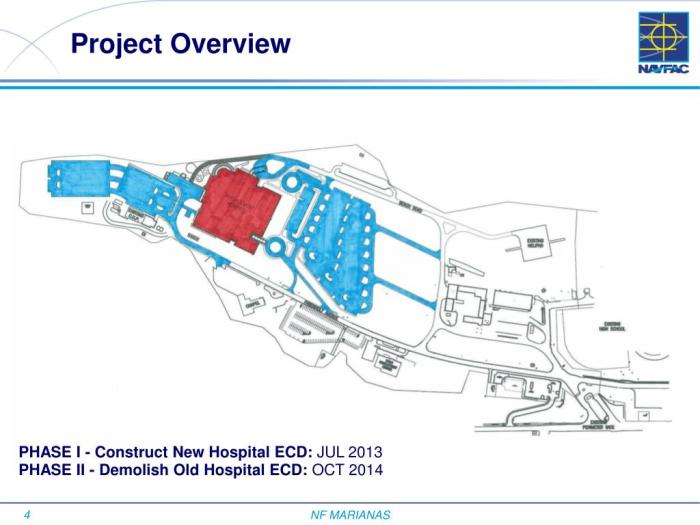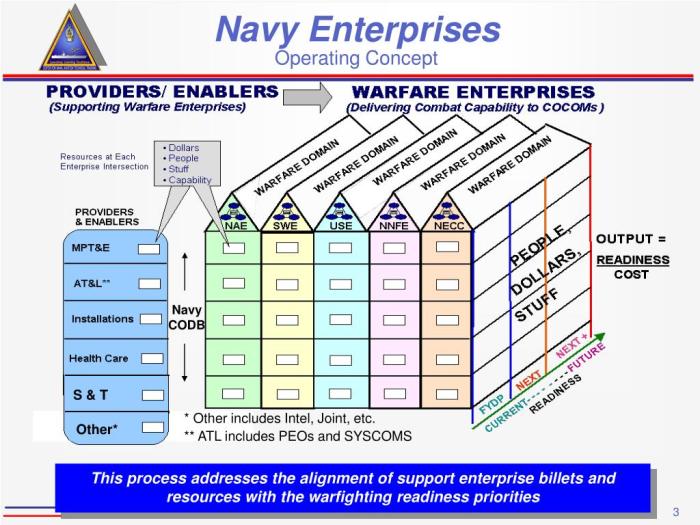This Navy civilian engineer shared schematics, offering an unprecedented glimpse into the intricate world of engineering design and the vital role it plays within the Navy’s operations. This article delves into the purpose, significance, and types of engineering schematics, while exploring the responsibilities of civilian engineers and the potential implications of sharing sensitive information.
Understanding the significance of engineering schematics and the contributions of civilian engineers within the Navy provides valuable insights into the complex processes and decision-making involved in maintaining a formidable naval force.
Engineering Schematics

Engineering schematics are graphical representations that convey the design, construction, and operation of systems, devices, or processes. They provide a visual language that engineers use to communicate technical information accurately and efficiently.
Schematics play a vital role in the engineering design process, serving as a blueprint for the physical realization of an engineering concept. They enable engineers to visualize, analyze, and optimize designs before committing to production.
Types of Engineering Schematics
- Schematic Diagrams:Represent the logical connections and relationships between components, focusing on functionality rather than physical layout.
- Wiring Diagrams:Provide detailed instructions for electrical connections, including wire colors, terminal assignments, and component placement.
- Piping and Instrumentation Diagrams (P&IDs):Show the flow of fluids and gases through a system, including pipes, valves, pumps, and instruments.
- Mechanical Schematics:Depict the mechanical components of a system, such as gears, bearings, and linkages.
Navy Civilian Engineer’s Role

Navy civilian engineers play a critical role in the design, construction, and maintenance of the Navy’s ships, aircraft, and facilities. They work alongside military engineers to provide technical expertise and support.
In the context of engineering schematics, civilian engineers are responsible for:
- Creating, reviewing, and approving schematics.
- Ensuring that schematics meet Navy standards and specifications.
- Collaborating with other engineers and technicians to develop and implement engineering solutions.
Importance of Civilian Engineer Contributions
Civilian engineers bring valuable skills and experience to the Navy’s engineering team. They provide:
- Specialized Expertise:Civilian engineers often have specialized knowledge in areas such as electrical engineering, mechanical engineering, or civil engineering.
- Objectivity:As civilians, they can provide an objective perspective on engineering decisions, free from the constraints of military rank and hierarchy.
- Cost-Effectiveness:Civilian engineers can often be hired at lower salaries than military engineers, resulting in cost savings for the Navy.
Sharing Schematics
Navy civilian engineers may share schematics for various reasons, including:
- Collaboration:Sharing schematics with other engineers and contractors facilitates collaboration and ensures that everyone is working from the same set of plans.
- Training:Schematics can be used to train new engineers and technicians on the design and operation of systems.
- Procurement:Schematics are necessary for the procurement of materials and components needed to build or repair systems.
Benefits and Risks
Sharing engineering schematics can have both benefits and risks:
Benefits:
- Improved collaboration and efficiency.
- Enhanced training and knowledge transfer.
- Facilitated procurement and maintenance.
Risks:
- Security Concerns:Schematics may contain sensitive information that could be used by unauthorized individuals.
- Intellectual Property:Schematics are often considered intellectual property and unauthorized sharing can lead to copyright infringement.
- Operational Risks:Sharing schematics with unqualified individuals could lead to operational errors or accidents.
Implications and Impact

Sharing engineering schematics by Navy civilian engineers can have significant implications and impact:
Ethical Considerations, This navy civilian engineer shared schematics
Civilian engineers have an ethical obligation to protect the Navy’s sensitive information. They must carefully consider the potential risks and benefits of sharing schematics and ensure that they are only shared with authorized individuals.
Security Concerns
Sharing schematics can create security risks if they fall into the wrong hands. Unauthorized individuals could use schematics to gain access to sensitive information, sabotage systems, or compromise national security.
Impact on Operations
Sharing schematics with unqualified individuals could lead to operational errors or accidents. This could have serious consequences for the Navy’s operations and the safety of its personnel.
FAQ Resource: This Navy Civilian Engineer Shared Schematics
What is the primary purpose of engineering schematics?
Engineering schematics serve as visual representations of engineering designs, providing a detailed overview of the components, their interconnections, and the overall functionality of a system.
What are the key responsibilities of a civilian engineer within the Navy?
Civilian engineers in the Navy are responsible for designing, developing, and maintaining a wide range of engineering systems, including ship systems, shore facilities, and weapons systems.
Why might a Navy civilian engineer choose to share schematics?
Sharing schematics can facilitate collaboration, enable knowledge transfer, and support the maintenance and repair of complex systems.
What are some of the potential risks associated with sharing engineering schematics?
Sharing sensitive schematics can raise concerns about intellectual property theft, unauthorized modifications, and potential security breaches.